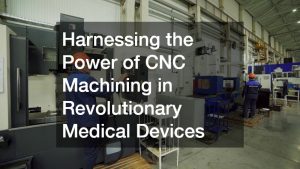Airconditioning has come a long way since ice-filled containers blowing air were the only option. Back in 1902, Louis Carrier designed the very first of what would create a new world of cooling mechanisms for a Brooklyn printing company and is considered the ‘father of air conditioning. Here is how modern versions work.
Warm air inside the home is drawn into a vent and blows across a cold evaporator coil. The refrigerant absorbs the heat, changing it from a liquid to a gaseous state before blowing it towards the compressor. A fan then blows cool air into the home through vents that distribute it throughout a space. Stations along the way manipulate the state, temperature, and pressure of the refrigerant.
The compressor decreases gas volume and prepares the air for the condensing process. The refrigerant reaches the condenser and moves outdoors, then travels back inside, absorbs heat from the outdoors, and reverts the state from a gas back into liquid. The process begins over again until the interiors reach the desired levels.
The future of the world of air conditioning is looking and feeling cooler every day. New technologies are discovering new coolant chemicals that are more effective and less harmful to the environment. Devices are getting smaller and more affordable all the time, and new useful features are being integrated, including smart tech capabilities.





